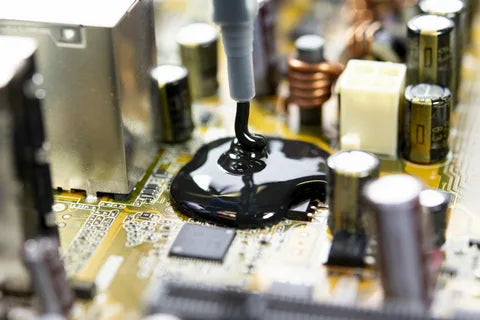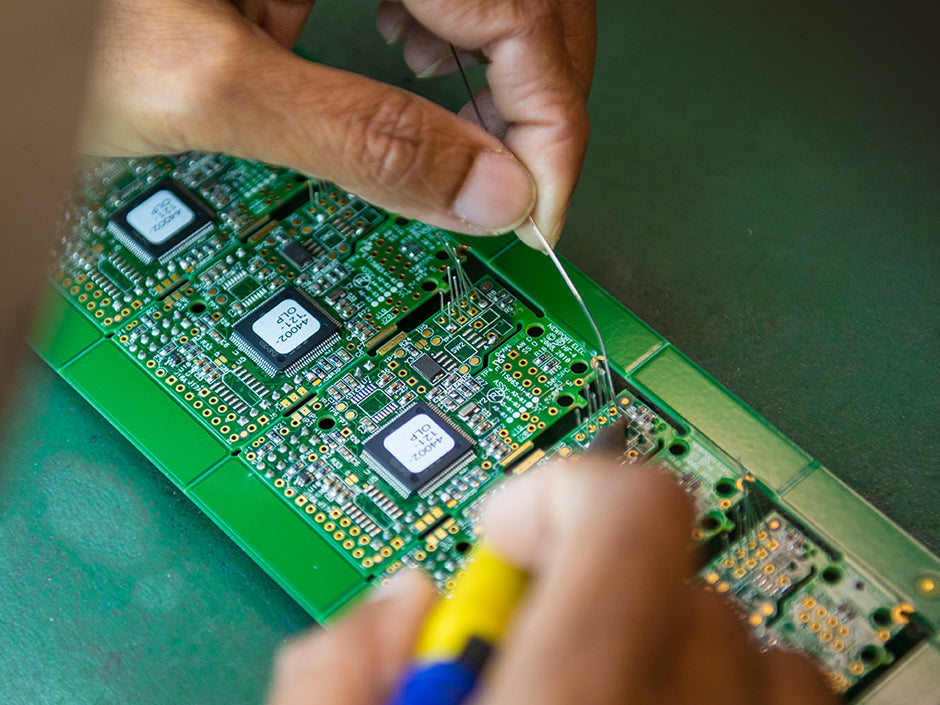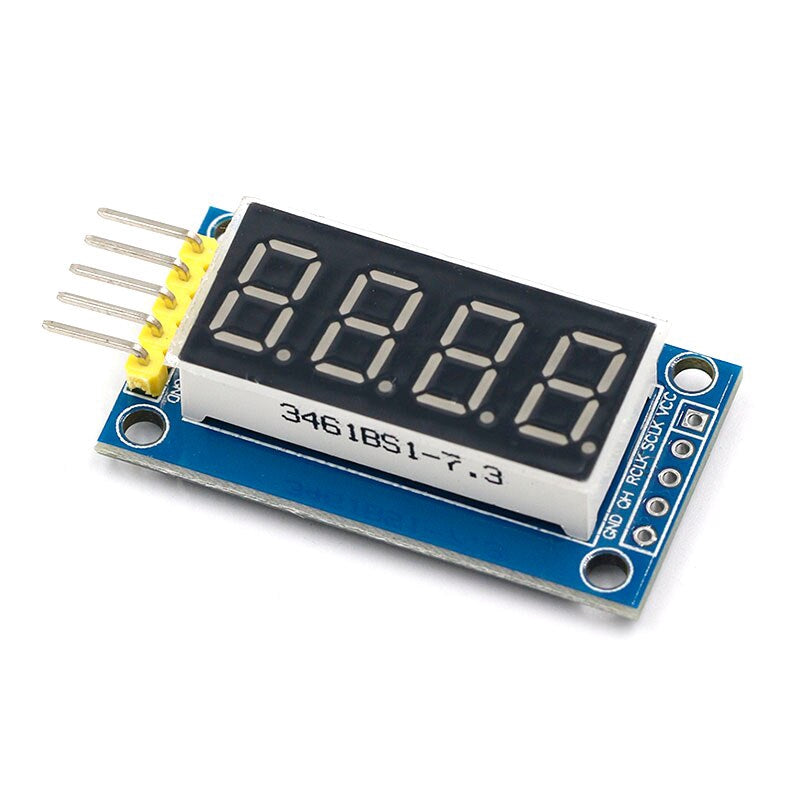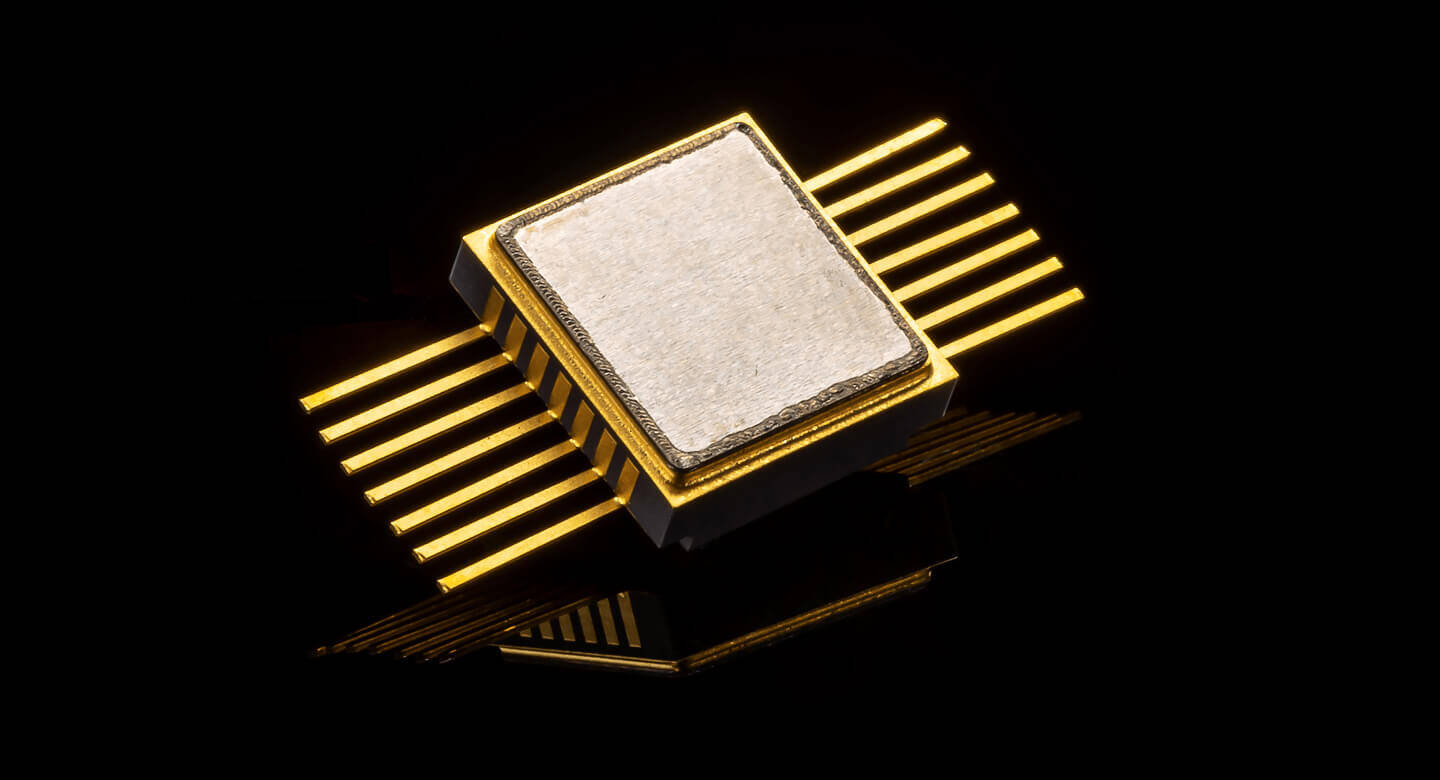
Protecting Electronic Components with Potting Compounds
Share
Electronic circuits are the backbone of modern innovations, but their performance depends heavily on protection from vibration, shock, moisture, chemicals, and other environmental threats.
Component potting offers an engineered solution - enclosing parts in specially formulated potting compounds dispensed into housings for mechanical and environmental integrity.
As a premier packaging materials provider, American Fairfield offers diverse potting compound chemistries to safeguard electronics reliability.
What Are Potting Compounds?
1. Epoxies
Properties: Epoxies are polymer resins known for their excellent adhesion to various substrates and resistance to chemicals and extreme temperatures. They form a strong, durable bond with substrates, providing reliable protection for electronic components.
Applications: Epoxies are commonly used for potting transformers, sensors, and power supplies where protection against environmental factors such as moisture, chemicals, and temperature fluctuations is crucial. Their ability to withstand sterilization makes them suitable for medical devices.
2. Polyurethanes (PUR)
Properties: Unlike other polymer options, polyurethane potting foams and resins offer high durability and tear resistance. They have excellent flexibility and can conform to uneven geometries, effectively protecting against environmental stresses.
Applications: PUR compounds are particularly useful in applications where the electronic module has irregular shapes or requires flexibility. They are often employed in potting electronic components in automotive, aerospace, and industrial settings.
3. Silicone
Properties: Silicones are known for their elastomeric properties and stability over a wide temperature range, typically from -45°C up to 200°C. They exhibit excellent resistance to thermal cycling, vibration, and UV exposure, making them ideal for harsh environments.
Applications: Silicones are frequently used to encapsulate LEDs, automotive electronics, and other sensitive components where flexibility and thermal stability are essential. They protect against moisture, dust, and mechanical shocks while maintaining electrical insulation properties.
In addition to the abovementioned properties, potting compounds often come in different formulations tailored to meet specific application requirements.
They can be applied using various techniques, such as pressure injection molding, cavity flooding, or manual dispensing, depending on the complexity of the electronic assembly and the desired level of protection.
Ruggedized housings or frames designed for potting applications help ensure proper PCBs, cables, and other sub-assemblies encapsulation.
Key Technical Considerations for Potting Compounds
With electronics finding use in diverse and extreme settings, potting compounds must withstand operating stresses while enabling compact, high-density component configurations through balanced material properties and process compatibility:
- Thermal conductivity: Effectively spreads localized heat from hot spots on PCBs, vital for temperature control.
- Dielectric strength and resistivity: It impedes electrical leakage to prevent arcing or stray currents within densely packed
- CTE matching: Minimizes interfacial stresses and bond failures during thermal cycling.
- Low viscosity and long work life: This allows adequate potting material infusion into intricate spaces at production-feasible rates.
Rely on American Fairfield’s Potting Expertise
With decades of experience in specialty polymers, American Fairfield provides cutting-edge potting compound solutions to enhance electronics protection, facilitate compact designs, and ensure performance longevity even in extreme conditions.
Contact our technical experts today to find the right match for your application!





